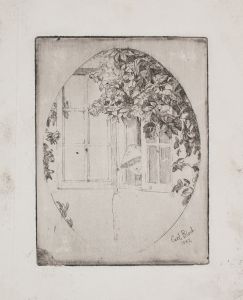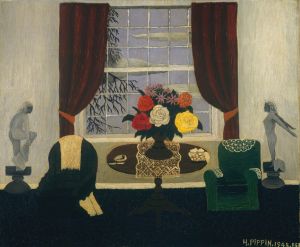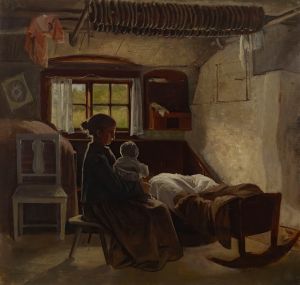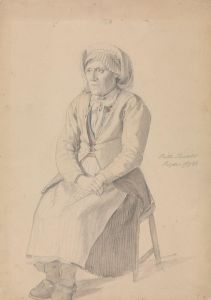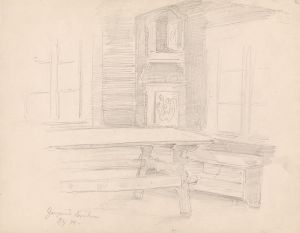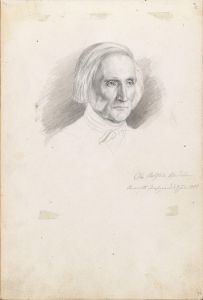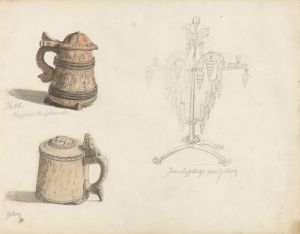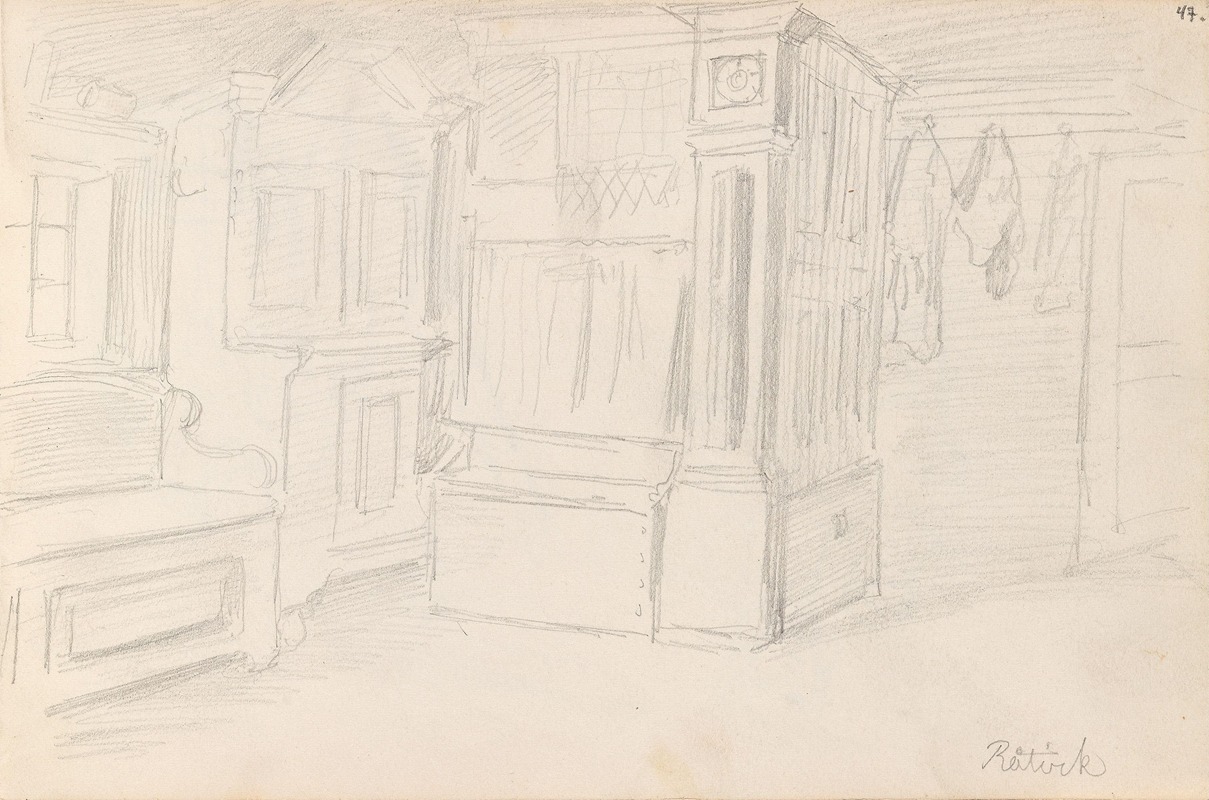
Stueinteriør, Rättvik
A hand-painted replica of Adolph Tidemand’s masterpiece Stueinteriør, Rättvik, meticulously crafted by professional artists to capture the true essence of the original. Each piece is created with museum-quality canvas and rare mineral pigments, carefully painted by experienced artists with delicate brushstrokes and rich, layered colors to perfectly recreate the texture of the original artwork. Unlike machine-printed reproductions, this hand-painted version brings the painting to life, infused with the artist’s emotions and skill in every stroke. Whether for personal collection or home decoration, it instantly elevates the artistic atmosphere of any space.
Adolph Tidemand was a notable Norwegian painter, recognized for his contributions to the national romantic movement in Norway during the 19th century. One of his significant works is "Stueinteriør, Rättvik," which translates to "Interior of a Cottage, Rättvik." This painting is an exemplary piece that showcases Tidemand's skill in capturing the essence of rural Scandinavian life.
"Stueinteriør, Rättvik" was created in 1860, a period when Tidemand was deeply engaged in documenting the traditional lifestyles and customs of Norwegian and Swedish peasantry. The painting depicts the interior of a modest rural home in Rättvik, a locality in the Dalarna region of Sweden. This area is known for its rich cultural heritage and picturesque landscapes, which have inspired many artists.
The composition of "Stueinteriør, Rättvik" is characterized by its detailed and realistic portrayal of the domestic environment. Tidemand's meticulous attention to detail is evident in the way he renders the textures of wooden furniture, the patterns of woven textiles, and the play of light and shadow within the room. The scene is intimate and homely, providing a glimpse into the daily life of the inhabitants.
In the painting, the interior is furnished with simple, functional items that reflect the practical and unpretentious lifestyle of the rural community. The presence of traditional Swedish furniture, such as the wooden benches and the large central table, is indicative of the local craftsmanship and the importance of communal spaces in peasant homes. The room is adorned with various household objects, including pottery, woven baskets, and tools, which further emphasize the self-sufficient nature of the rural household.
Tidemand's work is often celebrated for its ethnographic accuracy and its ability to convey the cultural identity of the Scandinavian people. "Stueinteriør, Rättvik" is no exception, as it captures the essence of a specific time and place with great fidelity. The painting not only serves as a visual record of rural life but also as a testament to the artist's deep appreciation for the traditions and values of the communities he depicted.
Adolph Tidemand's contributions to Norwegian art are significant, and his works continue to be studied and admired for their historical and cultural insights. "Stueinteriør, Rättvik" remains an important piece within his oeuvre, reflecting his dedication to portraying the authentic and often overlooked aspects of Scandinavian life.
In summary, "Stueinteriør, Rättvik" by Adolph Tidemand is a detailed and realistic depiction of a rural Swedish home in the 19th century. The painting highlights the simplicity and functionality of the domestic environment, showcasing Tidemand's skill in capturing the cultural essence of the Scandinavian peasantry. This work is a valuable piece of art history, offering insights into the traditional lifestyles and customs of the time.





